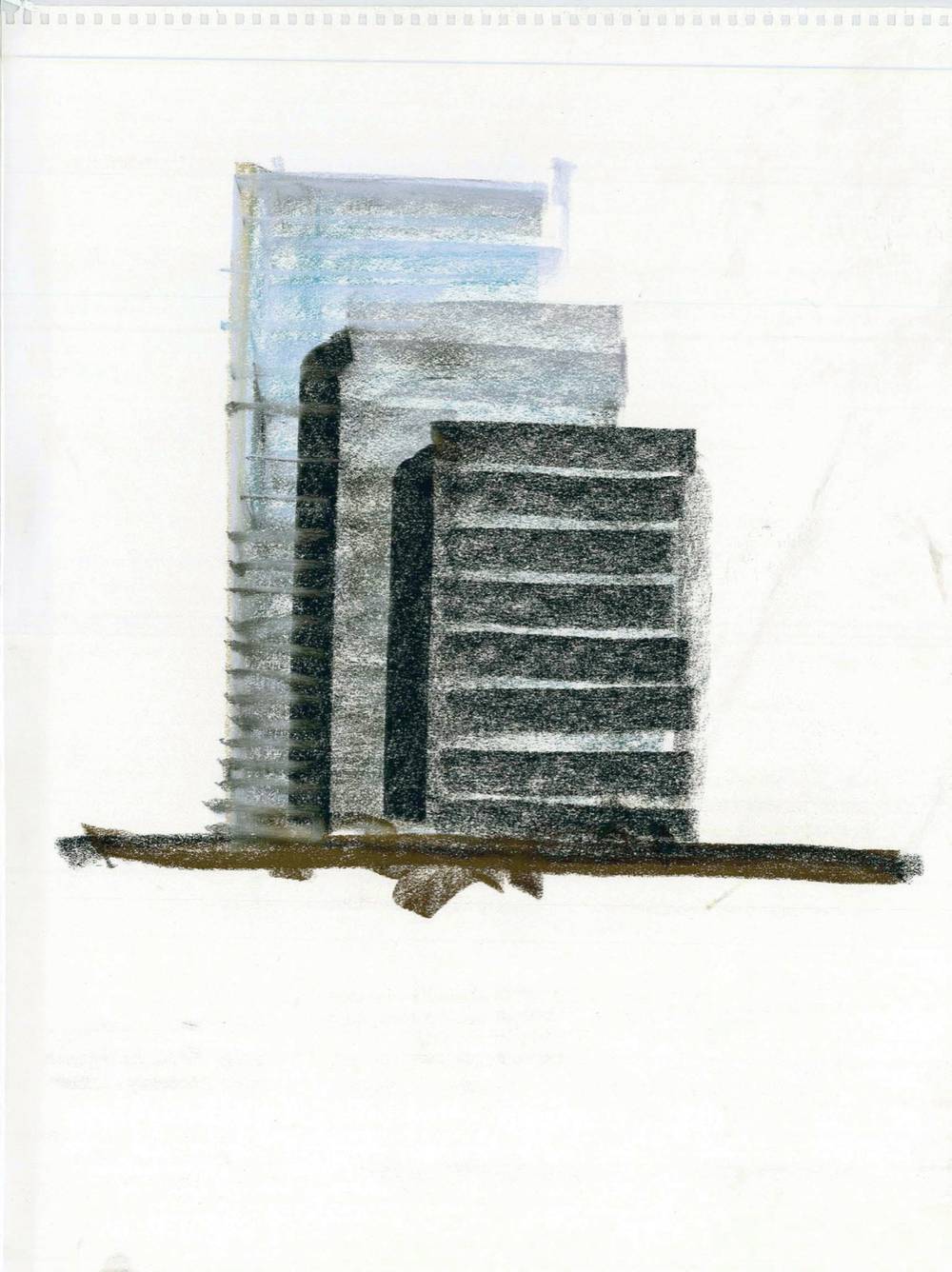There is no denying the magnitude of CityCenter. At $8.5 billion, the project is an architectural milestone.
For years, the populist-friendly profile of our skyline, reviled by esthete classicists and adored by pretty much everyone else, embraced a particular kind of pastiche: architectural motifs and pop-cultural imagery orchestrated to hook every possible fantasy. The result was an occasionally tacky but never boring spectacular escapism. The last decade has seen a trend toward homogenous architecture, bland signage and the generally unfortunate celebration of beige as a building color. Who knew there were so many shades of beige?
Twenty-first-century Vegas has exchanged one kind of architectural pastiche for another: Our once-fantastical homage of stylistic motifs has been traded in for a shimmering medley of greatest hits by contemporary architectural gurus concentrated smack-dab in the heart of the Strip. And there’s nothing wrong with that, naysayers be damned. Excess or abundance, call it what you will: In its own way, CityCenter fits a 2.0 version of our civic model. Live the contemporary orchestrated fantasy of fabulous design for better living.
Lucky for us, fabulous living requires fabulous art, and Vegas 2.0 includes $40 million devoted entirely to public art. The Bellagio Gallery of Fine Art’s 12 + 7: Artists and Architects of CityCenter attempts to shed some light onto the mysterious confluence of art and architecture that will be CityCenter. If the deliberately obscure 12 + 7 is any indication, it is $40 million well spent.
The Details
CityCenter is her architecture, and the exhibition is loosely structured accordingly. Conceptual renderings of a building are placed alongside work representative of the oeuvre of the artist or artists whose work will be inclusive to the building. With that in mind, each of the BGFA’s four galleries has its own feel, and there are some interesting juxtapositions.
Crystals, with an exterior design by Daniel Libeskind and interior by the Rockwell Group, is strikingly playful. It is hard to isolate a discernible structure in Libeskind’s colorful drawings and small relief, but the explosive energy is undeniable. The Rockwell Group has included a model of the Seussian tree house-like structure that will dominate the building’s interior—a nice addition that formally bridges the dialogue between art and architecture.
It plays well against the fanciful collection of adjacent artwork, with oozing “China Clay” drawings by Richard Long and the charmingly appropriate “Ane Bate (grand)” by Francois-Xavier Lalanne. A painting by Isa Genzken, best known for her socially charged sculptures of accumulated real and cultural detritus, was a pleasant surprise. Produced relief-like by removing paint from canvas placed directly on the studio floor, “Basic Research” is an unexpected glimpse into the depth of her rigorous study of a grungy reality.
Aria, designed by Pelli Clark Pelli Architects, is much cooler: lean, organic and dramatic. While muscular works by Tony Cragg and Antony Gormley dominate the dialogue, Maya Lin’s elegant cast silver “Colorado River” is most alluring. The piece is a model for the 84-foot version that will grace the building’s interior.
Gradually, the artwork dominates; how can it not? RV Architecture’s tame drawings of Vdara are a ghostly substitute for concrete and glass. The renderings fade alongside fully realized works by Jenny Holzer, Frank Stella and the joyous Claes Oldenburg and Coosje van Bruggen.
Several pieces are tantalizing teases for the experience of much larger works to be installed at CityCenter. Mastoshi Izumi’s “Untitled” is a gorgeous foreshadowing of a mysterious ancient basalt rock behemoth. And imagine standing beneath a massive version of Oldenburg/van Bruggen’s delightful “Typewriter Eraser.” Nancy Rubins’ “Studies” are among the best works in the exhibition: The collages of cascading boats inform her much-anticipated “Big Edge,” a massive concentration of flying water vessels. Rubins is an absolute stud, and at roughly 57 feet wide and 75 feet long, “Big Edge” will be a must-see.
12 + 7 doesn’t reveal much—the exhibition plays its cards close to its chest, although we appear to be getting one helluva public art collection. Mostly, it remains unclear just how public the art will be. How much of this work will be actually accessible by the general public? And who, besides tourists, will bother to brave the Strip to see it?
The exhibition attests to a selection of work that will beautifully integrate with superstar architecture—exactly what it’s supposed to do.


Previous Discussion: